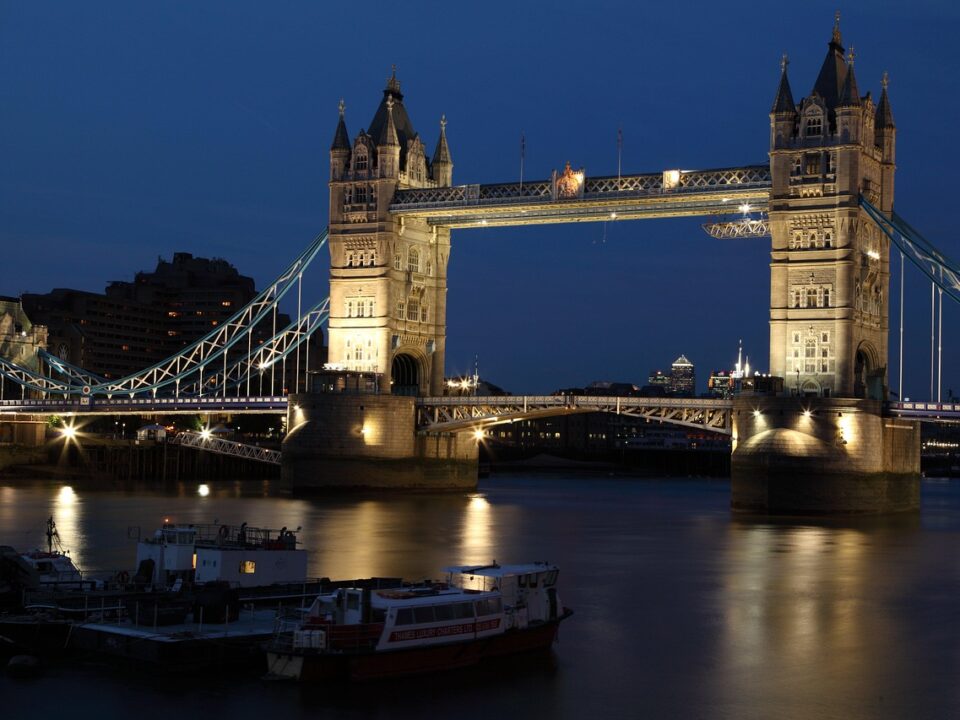
The Future Lawyer Weekly Update – w/c 15th March
March 18, 2021
The rise of third-party funding
March 19, 2021Article by Disa Greaves, Land Economy graduate (Cambridge University) and GDL graduate (ULaw)
The disappearance and murder of Sarah Everard, a 33-year-old marketing executive, on her walk home from a friend’s house at around 9pm in Clapham on 3 March has sparked a flurry of discussions concerning women’s safety in public.
Many women have felt very affected by this event, and have shared their own accounts of feeling unsafe and experiences of sexual harassment in public spaces. Often, this has been despite taking precautions to prevent these situations, such as inconvenient detours to avoid dimly-lit routes, holding keys as a makeshift weapon for defence, and wearing ‘sensible’ clothing and shoes in order to run.
Less than a week after the disappearance of Sarah Everard, a report published last Wednesday by the All-Party Parliamentary Group for UN Women UK found that 71% of women in the UK said they have been subject to public sexual harassment.[1] This figure climbs to 86% among 18-24 year olds.[2] The ubiquitous nature of sexual harassment on the streets for women in the UK indicates a clear need for a solution, and that the gap in the law concerning public sexual harassment may need filling.
At present, sexual harassment is not an offence in its own right under the law of England and Wales.[3] It is defined in the Equality Act 2010 as unwanted conduct of a sexual nature that is intended to, or has the effect of, violating your dignity or creating an intimidating, hostile, degrading or offensive environment.[4] Other behaviours, such as voyeurism, sexual assault, exposing genitals and rape are classified as criminal offences under the Sexual Offences Act 2003. Moreover, under the Protection from Harassment Act 1997, it is an offence to pursue a course of conduct that you know, or ought to know, amounts to harassment of another person. Under the Public Order Act 1986, it is an offence to intentionally cause harassment, alarm or distress to another person through threatening, abusive or insulting words, disorderly behaviour or displays in writing or other visible representations.[5]
According to a 2018 report by the Women and Equalities Committee appointed by the House of Commons on its inquiry into sexual harassment of women and girls in public places, the Government said it was ‘satisfied that the criminal law is already comprehensive in protecting against sexual harassment and assault’.[6]
However, the laws above can be described as piecemeal in addressing public sexual harassment. The Public Order Act 1986 makes no reference to sexual elements of harassment, and its use to prosecute such behaviour has been infrequent.[7] The Protection from Harassment Act 1997 refers to a ‘course of conduct’, which is unlikely to occur in most cases of street harassment which are isolated and opportunistic events. Finally, the Sexual Offences Act 2003 predominantly requires physical contact to be applicable.[8]
A new law is being considered to criminalise public sexual harassment, and is being called for by many, especially the Crime Not Compliment campaign by Plan International UK in partnership with the youth campaign, Our Streets Now, founded by sisters Maya and Gemma Tutton.[9] [10] According to Rose Caldwell, CEO of Plan International UK, and Maya Tutton, ‘only by enacting legal change will we start to see a cultural shift, so that girls and women will finally begin to feel safe in public spaces’.[11]
Looking to examples of other jurisdictions, sexual harassment is itself a crime in places such as Peru, Belgium, Spain and Portugal, and in France cat-calling can be fined on the spot by the police.[12] [13]
Within the Women and Equalities Committee inquiry report, categorising public sexual harassment of women as a hate crime of misogyny was also an approach that was supported.[14] Harassment of women was classified as a hate crime by Nottinghamshire Police in 2016, as police forces can create their own categories of hate crimes.[15] [16] If misogyny were to be made into a national hate crime, this could be another way to criminalise sexual harassment.
While criminalising public sexual harassment would be a step in the right direction to hopefully reduce rates of sexual harassment and help women feel safer in public spaces, it is not a panacea. To prevent sexual harassment, it is necessary to have an understanding of why it happens and the cultural norms behind it. As recommended by the Women and Equalities Committee, prevention is key and can be worked towards by educating young people with a gendered perspective taken to understand perpetrators and victims, and through a long-term programme of campaigns to address the mind-sets that are at the crux of sexual harassment.[17]
[1]APPG/UN Women UK (2021) https://www.unwomenuk.org/site/wp-content/uploads/2021/03/APPG-UN-Women_Sexual-Harassment-Report_2021.pdf
[2] ibid.
[3] Reeds Chambers https://www.reeds.co.uk/insight/should-sexual-harassment-be-a-criminal-offence-in-the-uk/
[4] Parliament UK https://publications.parliament.uk/pa/cm201719/cmselect/cmwomeq/701/701.pdf
[5] Parliament UK https://publications.parliament.uk/pa/cm201719/cmselect/cmwomeq/701/70106.htm
[6] Parliament UK https://publications.parliament.uk/pa/cm201719/cmselect/cmwomeq/701/701.pdf
[7] The Telegraph https://www.telegraph.co.uk/politics/2021/03/11/sexual-harassment-women-street-could-become-new-offence/
[8] ibid.
[9] Plan International UK https://plan-uk.org/act-for-girls/crime-not-compliment
[10] The Telegraph https://www.telegraph.co.uk/politics/2021/03/11/sexual-harassment-women-street-could-become-new-offence/
[11] The Guardian https://www.theguardian.com/world/2021/mar/10/its-time-to-criminalise-sexual-harassment
[12]Reeds https://www.reeds.co.uk/insight/should-sexual-harassment-be-a-criminal-offence-in-the-uk/
[13] http://oaji.net/articles/2016/1115-1460723528.pdf
[14] Parliament UK https://publications.parliament.uk/pa/cm201719/cmselect/cmwomeq/701/701.pdf
[15]BBC https://www.bbc.co.uk/news/uk-england-nottinghamshire-36775398
[16] BBC https://www.bbc.co.uk/news/uk-41828881
[17]Parliament UK https://publications.parliament.uk/pa/cm201719/cmselect/cmwomeq/701/701.pdf





